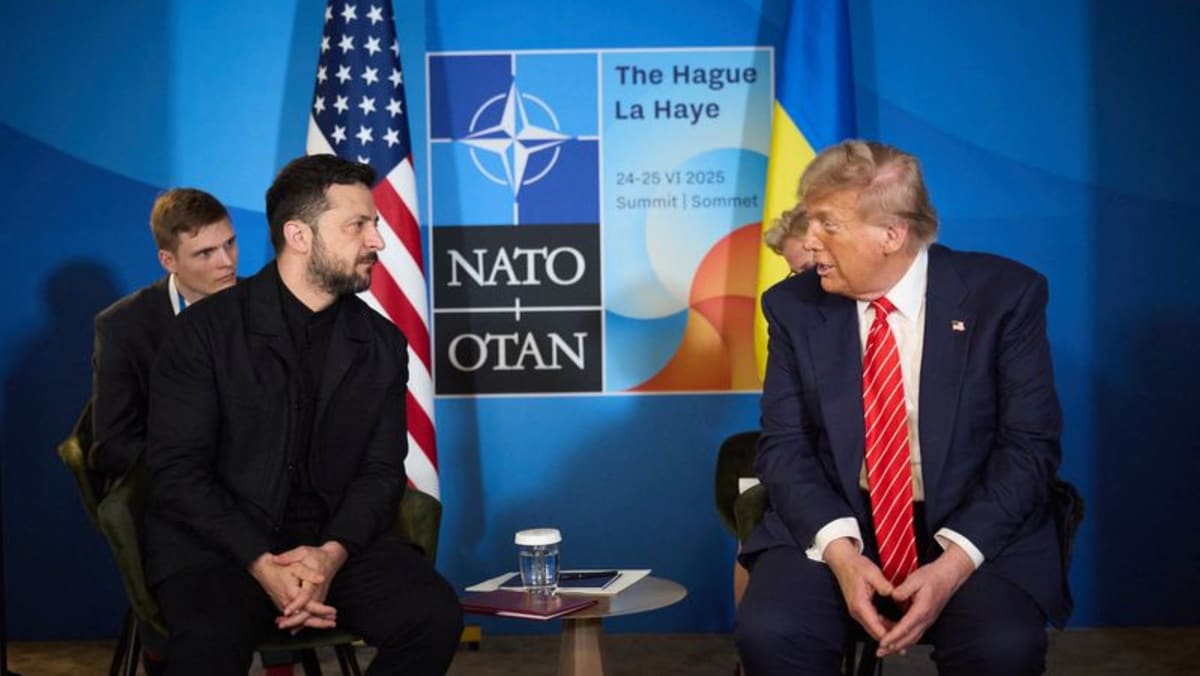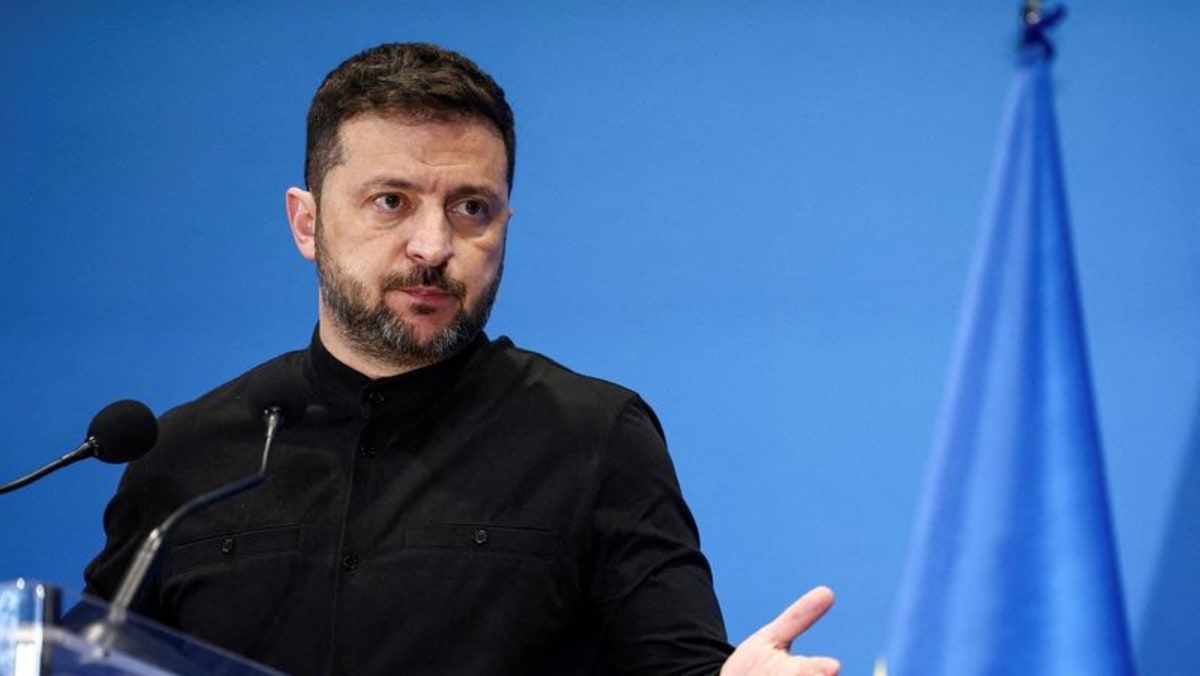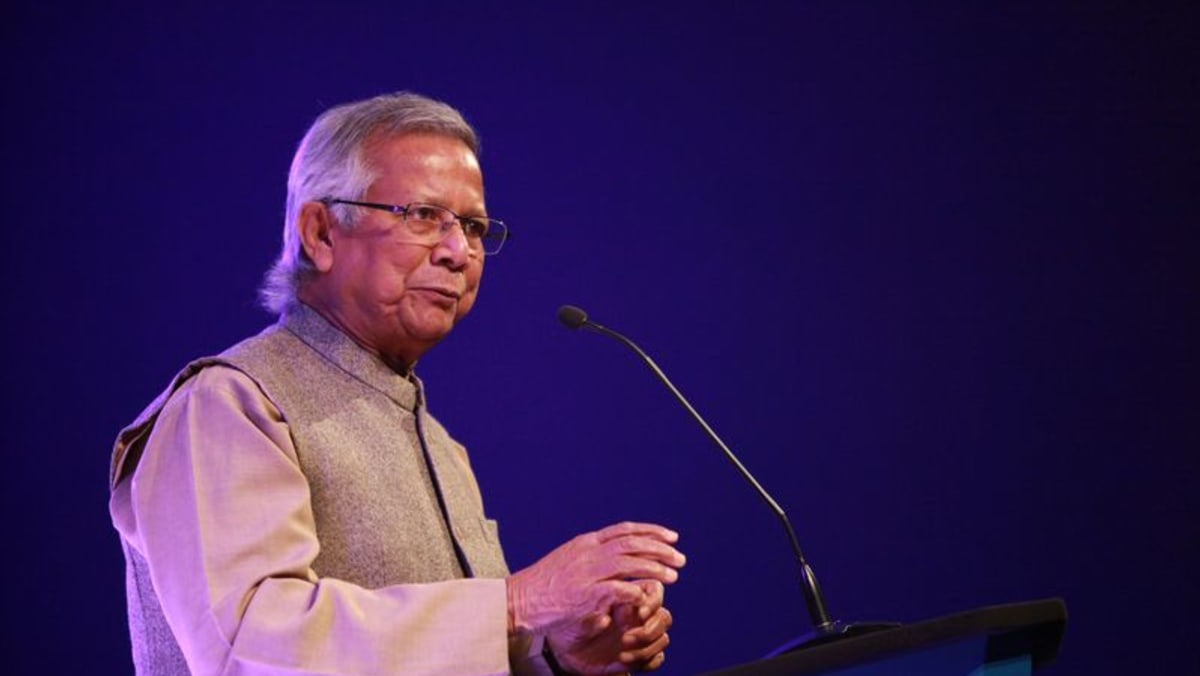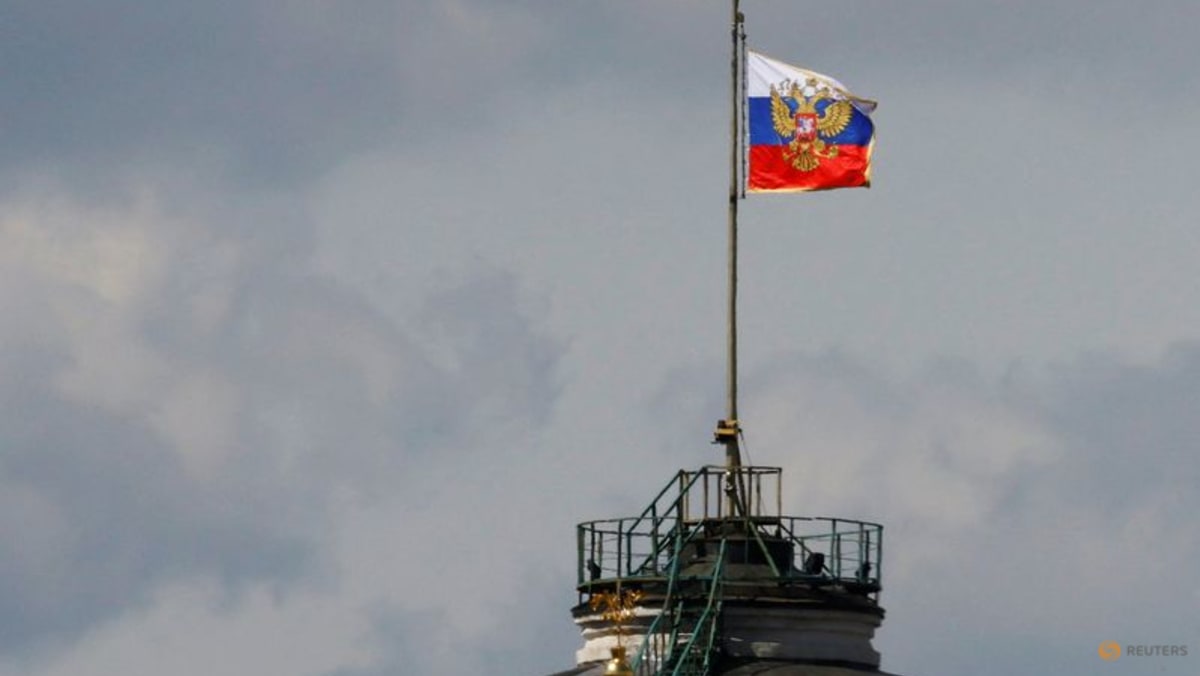“DECISIVE EVIDENCE”
Last month, Trump introduced steep levies on China and lower “baseline” levies of 10 per cent on goods from most other countries, sparking weeks of turbulence in the financial markets.
The White House also introduced higher tariffs on dozens of other trading partners, and then abruptly paused them until July to give the United States time to renegotiate existing trade arrangements.
Data published in recent weeks point to an economic contraction in the first quarter of the year, as consumers and businesses stocked up on imports ahead of the introduction of the new measures.
At the same time, the unemployment rate has hovered close to historic lows, and the inflation rate has trended towards – but remained just above – the Fed’s long-term target of 2 per cent.
“We continue to think that Fed officials will be willing to ‘look through’ tariff-related goods inflation and cut policy rates to support the labour market,” economists at Citibank wrote in a recent investor note.
“But that will not occur until they see decisive evidence in hard data that labour markets are loosening,” they added.
Other analysts, including those at Deutsche Bank, expect the Fed will pause for longer to see how the economic picture unfolds over the coming months.
If, as is widely expected, the Fed sits tight this week, its baseline rate will remain at between 4.25 per cent and 4.50 per cent, where it has sat since December 2024.













